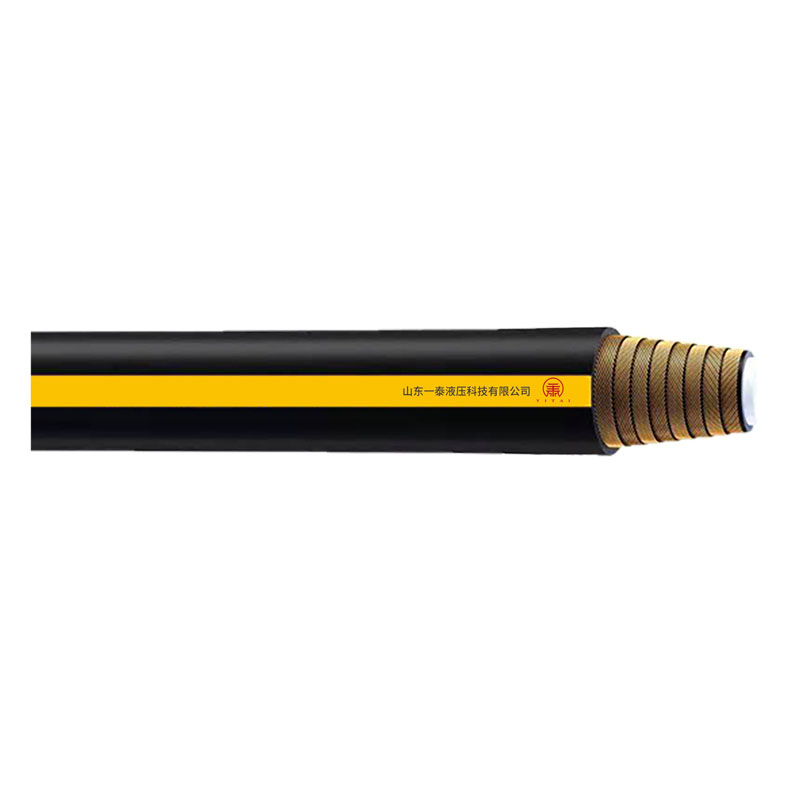What Makes a Fracturing Hose Truly Reliable Under Extreme Pressure?
2025-08-05
After two decades in the oilfield equipment business, I've seen too many operations shut down because of hose failures. Let me share what really matters when choosing a fracturing hose that won't let you down.
Why Do Most Fracturing Hoses Fail Prematurely
Through years of field inspections, I've identified these common failure points:
-
Wire reinforcement fatigue (accounts for 68% of failures)
-
Inner tube degradation from chemical exposure
-
Fitting leaks due to vibration loosening
YITAI's solution addresses all three with:
✓ Quad-wire spiral construction
✓ Proprietary oil-resistant compound
✓ Vibration-lock end fittings
How Do Different Fracturing Hoses Compare
Our lab tests revealed striking differences:
| Performance Metric | Budget Hose | Industry Standard | YITAI X-Series |
|---|---|---|---|
| Pressure Cycles | 50,000 | 150,000 | 300,000+ |
| Chemical Resistance | Fair | Good | Excellent |
| Minimum Bend Radius | 20" | 15" | 12" |
| Temperature Range | -20°F to 250°F | -40°F to 275°F | -65°F to 325°F |
When Should You Absolutely Replace Your Fracturing Hose
Don't wait for failure - watch for these warning signs:
-
Any visible wire braid exposure
-
Kinks that don't spring back
-
Outer cover cracks longer than 2 inches
-
Fittings that rotate more than 5 degrees
I recently advised a Texas drilling crew using YITAI hoses - they've gone 18 months without a single failure, compared to 3-4 replacements per year with their old hoses.
Stop risking costly downtime - message me directly for our free pressure rating guide or to discuss your specific application needs. Let's keep your operations running smoothly.



